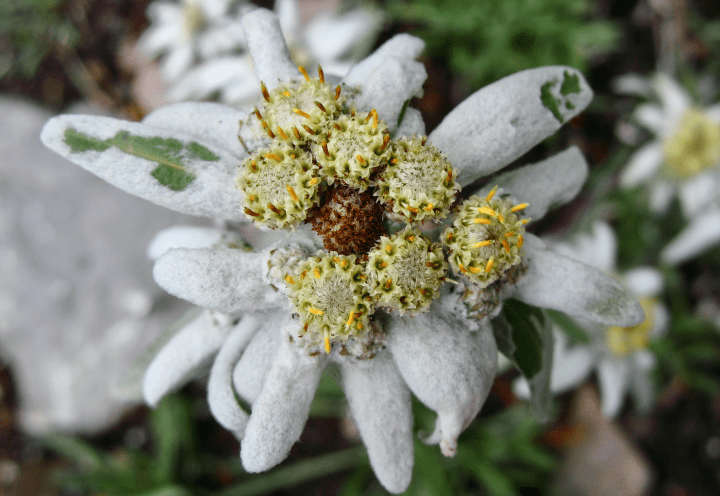Pigment molecules in plants absorb and transfer solar energy using a special arrangement that funnels light toward a reaction center.
The process of in plants involves a series of steps and reactions that use solar energy, water, and carbon dioxide to produce organic compounds. One of the first steps in this complex process depends on and other molecules.
Chlorophyll is the green pigment molecule that makes plants appear green. In photosynthetic plant cells, chlorophyll molecules are embedded in stacked membranes (thylakoids) contained in special membrane-bound organelles called s. The chlorophyll molecules are arranged in discrete units called photosystems, each of which contains hundreds of pigment molecules (chlorophyll plus others) arranged into an “antenna complex” surrounding a reaction center.
When light hits a pigment molecule in the antenna complex, the light energy “excites” the molecule, causing its electrons to jump to a higher level of energy. This excited state is temporary, and when the electrons fall back to a lower energy level, energy is released. This released energy can be transferred to a neighboring pigment molecule and so on, creating a chain of excited pigment molecules that ultimately deliver the energy to the photosystem’s reaction center. The reaction center contains special chlorophyll molecules that have a specific response to absorbing energy: rather than transferring only energy, the chlorophyll’s resulting high-energy electrons are transferred themselves to an electron-acceptor molecule, which begins the flow of electrons that plays a key role in the rest of photosynthesis.
Dye-sensitized solar cells are an example of a plant-inspired technology, where light sensitive dye molecules (commonly containing the metal ruthenium, but organic dyes are being developed, as well) are used to absorb and transfer solar energy. Dye-sensitized solar cells are alternatives to more expensive silicon-based solar cells.
Check out these related strategies to learn about the rest of photosynthesis and how it can inform additional plant-inspired technologies:
Photosynthesis converts solar energy into chemical energy: plants
Photosynthesis makes useful organic compounds out of CO2: plants
facilitates water-splitting: plants
Chlorophyll molecules in a photosynthesizing plant absorb and transfer energy from light. Illustration by Anna Guerrero, [email protected]. CC-BY-NC-SA.












